Larger imageThe Composite Forecast — UCERF The final forecast results from evaluating and integrating several types of scientific data. This map shows the likelihood of having a nearby earthquake rupture (within 3 or 4 miles) for all areas of California. Areas along major faults (numbered) stand out as having the highest probabilities for earthquake rupture.
The most comprehensive statewide analysis of earthquake probabilities (see above maps), determined that the chance of having one or more magnitude 6.7 or larger earthquakes in California over the next 30 years is 99.7%. The fault with the highest probability of such earthquakes is the southern San Andreas — 59% in the next 30 years. For powerful quakes of magnitude 7.5 or greater, there is a 37% chance that one or more will occur in the next 30 years in Southern California.

A seismic hazard map produced by the California Geological Survey is shown above. Areas in red and pink are more likely to experience strong earthquake shaking. The map adds together shaking from all potential earthquakes. Smaller earthquakes will only cause shaking locally, while larger earthquakes may cause strong shaking throughout southern California.

“AND THE EARTH OPENED…”
A popular literary device is a fault that opens during an earthquake to swallow up an annoying character. But unfortunately for principled writers, gaping faults exist only in novels. The ground moves across a fault during an earthquake, not away from it. If the fault could open, there would be no friction. Without friction, there would be no earthquake.
Earthquake Forecast
Multidisciplinary groups of scientists and engineers, each known as a “Working Group on California Earthquake Probabilities (WGCEP)” have developed earthquake forecasts since 1988. The 2007 WGCEP was commissioned to develop an updated, statewide forecast. The result is the Uniform California Earthquake Rupture Forecast, available for download at www.scec.org/ucerf. Organizations sponsoring WGCEP 2007 include the USGS, California Geological Survey, the Southern California Earthquake Center, and the California Earthquake Authority. The comprehensive new forecast builds on previous studies and also incorporates abundant new data and improved scientific understanding of earthquakes.





